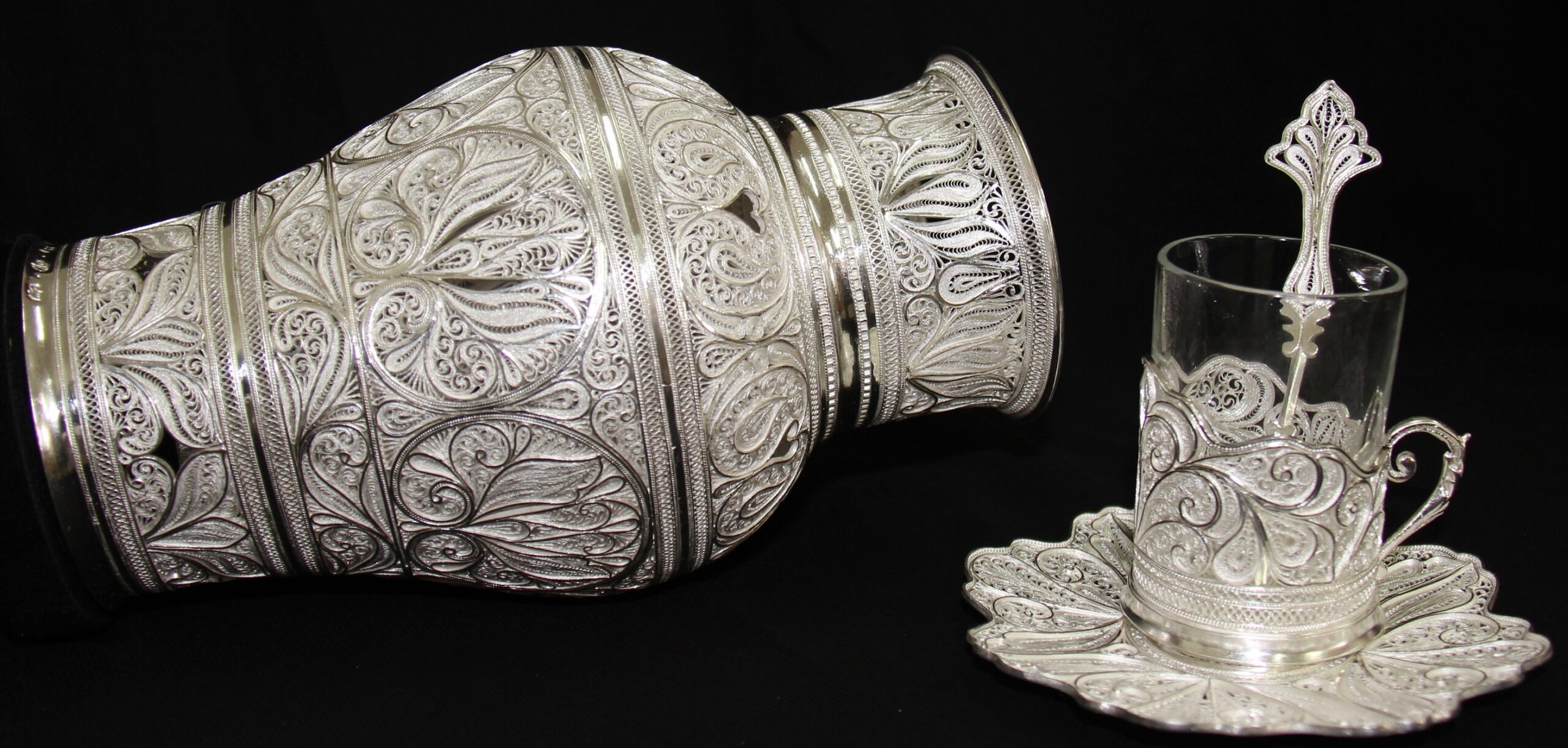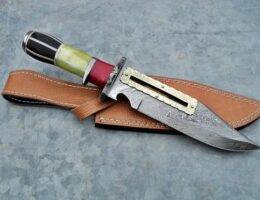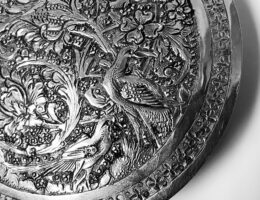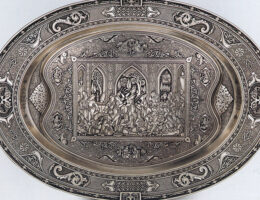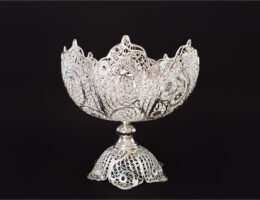IRAN ART EXHIBITION: FILIGREE OR MALILE-KARI WORK ART NEEDS A LOT OF PATIENCE
Filigree making is the art of making silverware and ornamental means which are obtained by arranging a large number of silver bars within the tiny frames such as tears, leaf, honeysuckle, silk and flower buds. Filigree is one of the most distinguished and yet finest Iranian metal industries which owe its reputation to the artists and craftsmen who have attempted to create valuable works by means of very simple tools but with a lot of patience. Filigree making has a long history. Professor Pope also mentioned some filigree works belonging to the 12th century. Before the Pahlavi Period this art was practiced in Zanjan as the native art of this city and during the reign of Reza Khan, when lots of the craftsmen emigrated from Zanjan to Esfahan and Tehran, it was spread to the other parts of the country.
In order to supply filigree bar, 100% Karat silver is transformed to the silver bar after being melted, then it is heated and passed through a die. Dying continues until the needed thinness is obtained, now it is called filigree tape. Having prepared a frame identical to the shape of the product in question, the filigree maker puts the mould on a copper plate and covers all over its surface with wax, then he puts a tape, with a width a little more than the filigree tape, round the mould so that it may obtain the same form as that of the frame and sink in the wax. Having passed this stage, he sets the filigree screws in proportion to the design in question next to each other by a little tong. Having set and arranged the filigrees all the surface of the frame is covered by “tonka” powder (which decreases the melting point of silver solder) and solder powder and melt the solder powder by heating which causes connection of the screws. The soldered parts ought to be polished in such a way that the connection points may not be visible. Fineness and at the same time cleanliness of the work in the art of filigree affect the quality and worth of the products.
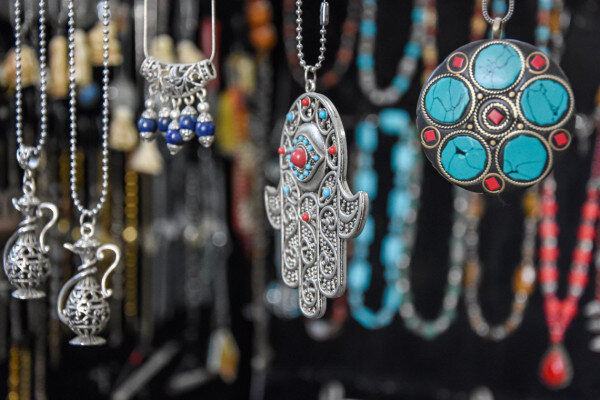
IRAN ART EXHIBITION: Filigree is one the most important applied arts of province of Zanjan. Filigree is a kind of metalwork, and researchers have traced it back to 550 to 330 B.C. Many filigree artifacts have been discovered in Susa, Dura-Europos, Hamedan and Jeyhoun treasure which prove that this craft was practiced from ancient times. Very few historic records exist about filigree of Zanjan, however explorers who have visited there have mentioned beautiful filigree handicrafts and jewels. Based on these records, 16th century is the first recorded history for filigree. Today most filigree products are of sliver, which is obtained by melting silver objects that are old and obsolete. Some of other components that are used include natural wax, aqua regia, alum and sulfuric acid. The tools used in filigree making are very similar to those of goldsmithing. The first step of filigree making is to pass stocks of silver, gold or copper through rolling machine to turn them into thin threads with thickness of about 1-2 millimeters. Then 2 to 3 threads are woven together to create chains, or passed through a roll that gives them grind edges. The mold of the desired shape is then made by putting thick strips of metal around a cast iron or iron base. Then the iron base is heated and a layer of wax is applied on it. The wax is used to hold the small pieces of thin threads together.
Now the mold will be put on the iron base, and the small pieces of threads are laid according to a beautiful design. Finally, the iron base is heated once more so that the wax melts away. The work is detached from the base. A mixture of borax and silver powder is then poured, and they are heated until the mixture melts and attaches the silver pieces together. The silver grows matted and loses its shine during this process. Therefore, it will be washed with acetic acid and polished later.
Today gold filigree is practiced to create jewelry such as earrings, rings and etc., and silver filigree to create dishes. The most common motifs that are used in Zanjan filigree are paisley, hedera and blossoms. Zanjan filigree has many great masters who have been practicing this art for years. Some of them are Haj Samad Hami, Mansour Kazemian Moghaddam, Abd-ol-Hamid Moharrer, and Mohsen Yazdan Shenas.
